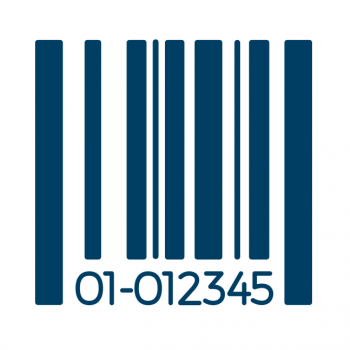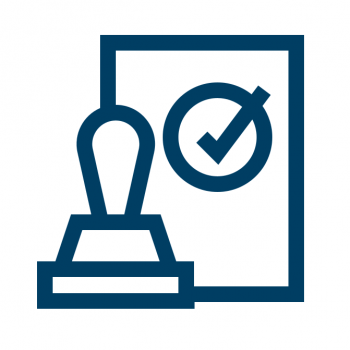Data assets can be regarded as one version of business “gold”. (And, for such assets to be usable, they have to be uniquely identified)
For example, your list of customers is a very valuable data asset. If that list were to go missing or the data were to be corrupted, you would not have people to service, and your ability to make an income would be hurt.
Public sector data asset “families”
- Businesses
- Contacts
- Properties
- Leases
- Units (vacancies)
- Documents
- Images
- Vehicles
Data assets in CRE
CRE deals with the following
- Properties
- Units
- Leases
- Businesses
- Contacts
- Deals (sales and leasing)
Inside of the above lives more data assets. For example, properties is a “container” for
- Street address information
- Geo-co-ordinates
- Deeds information (such as purchase price and date, property extent)
- Debt funding information (such as funder, funding date, funding value)
- Property category
- Sub-category to the property category above
- Property attributes such as size, floors, parking bays, aircon types, solar power etc.
- Owner information
- Tenant information (current rentals, expiries, lease duration, expense recoveries etc.)
- Vacancy information (vacant units, asking rentals, asking expenses, tenant incentives offered)
In CRE these data assets talk to each other. For example, a property is owned by a business, and this business has contacts to talk to on the property. Further, this property is tenanted by one or more businesses, each of whom has contacts.
Commercial property professionals are required to collect, organise, and store this data, living in enormously complicated data structures. And then use this data to serve internal and external needs. This is easier said than done!









